In recent times, the work of preserving and conserving folk songs of ethnic minorities in the province has improved, contributing to preserving and promoting unique cultural features, improving the spiritual and cultural life of the people.
Folk songs are a type of folk culture, grouped with genres such as epics, folk songs, lullabies, proverbs, and folk tales. The special feature of folk songs is to maximize the advantages of rhythm and melody to increase the appeal, conveying to listeners the traditional musical language of each ethnic group, containing emotional nuances, "cultural melodies" that carry the national soul. Folk songs can be combined with many other traditional art forms such as gongs, xoang dances, etc. to create a "unique whole" of a special art product, with high value serving the spiritual life of the people.
|
The ethnic minority community in the province owns a rich and unique folk song treasure including many genres such as: antiphonal singing, love songs, singing at ceremonies, festivals, and daily activities. The content of folk songs mainly expresses people's good wishes for love between couples, community, in labor production, and about personality. Thereby, promoting beauty and goodness in social life, while criticizing bad habits and vices of people; many songs are revolutionary, combative, praising the Party, the homeland and the country that is increasingly developing and innovating.
Folk songs are performed and transmitted orally. Each ethnic minority community has a different name for their folk songs. Typically, the Xo Dang ethnic group calls them Ro Nghe, Ting Ting or Cheo; the Ba Na ethnic group calls them Ding Ding, Cheo, A Nhong; the Gia Rai ethnic group usually calls them Che Che; the Gie-Trieng ethnic group calls them Ka Do or Do So...
|
In Dak Wak village, Dak Kroong commune (Dak Glei district), there are many Gie-Trieng people living. Here, when mentioning artisan Y Bong, everyone knows that he is a knowledgeable person and is always active in performing and teaching folk songs to everyone. With the desire to preserve and promote the cultural identity of his Gie people (a branch of the Gie-Trieng ethnic group), artisan Y Bong tries his best to promote and mobilize many other artisans to join the village's art troupe and practice and maintain many traditional cultural features, including unique folk songs.
Artisan Y Bong said: “Folk songs, as we Gié people call them, are Ka Do. With very simple and rustic melodies and lyrics, Ka Do has become an indispensable part of the daily life of the Gié people. We often sing when we go to the fields, attend festivals, weddings, or lull children to sleep, or many songs are used in rituals and beliefs. Thanks to the attention of the local government, recently we have been supported in practicing, and our folk songs have appeared more and more in competitions and festivals, big and small. That is the motivation for me to continue trying to preserve and promote traditional folk melodies.”
At recent festivals and competitions on gongs and xoang dances, the folk songs of local ethnic minorities have become the highlight when they are performed with the sounds of bamboo and gong instruments. In particular, on the basis of traditional melodies, many artists have known how to create and write beautiful words and ideas praising the homeland and the country's renewal.
“Oh, our people are very honored since the Party enlightened us. Our people have enough food, clothes, education, children can go to school, our homeland is getting richer and more beautiful, the villagers are warm, prosperous and happy” - That is a short part of the song “Since we have the Party” performed by artisan A Uong in Mo Bang I village (Dak Na commune, Tu Mo Rong district) that we recorded. With the performance style of the famous folk song Ting ting of the Xo Dang ethnic group, the song was sung by artisan A Uong with the sounds of bamboo and reed instruments, making the listeners excited.
|
Artisan A Uong said: “We, the Xo Teng (a branch of the Xo Dang ethnic group), have our own unique way of performing folk songs called Ting ting. Recently, with the local movement, our Xo Teng community has gradually paid more attention to preserving culture, especially traditional folk melodies. Although the number of artisans in the village who are knowledgeable about folk songs and traditional culture is not much, the number of children who are passionate and willing to learn to continue is increasing day by day. I will actively spend more time teaching the younger generation how to perform Ting ting.”
With its closeness and appeal, folk songs are very popular and are preserved by the ethnic minority communities in the area. However, with the pace of integration and modernity, many new music genres have been introduced, making the folk songs of ethnic minorities face many challenges. That requires more efforts and joint preservation from all levels, sectors and ethnic minority communities in the province.
In recent times, our province has issued many mechanisms and policies, especially focusing on propaganda and mobilization to promote the enthusiasm and responsibility of artisans in transmitting and preserving traditional cultural values, including folk songs. In addition to investment solutions and support for infrastructure and facilities, the province also focuses on promoting creativity and innovation in traditional melodies to create appropriate inheritance and promotion in the current situation. Thereby, creating conditions for young artisans to easily access and still preserve the soul of traditional folk melodies.
Mr. Phan Van Hoang - Deputy Director of the Department of Culture, Sports and Tourism said: The project "Preserving and promoting the values of folk songs, folk dances and folk music of ethnic minorities associated with tourism development in the period 2021-2030" of the province approved by the Ministry of Culture, Sports and Tourism has created a premise for implementation, including promoting and preserving folk melodies. The Department of Culture is currently implementing many synchronous solutions, actively integrating many resources, bringing the development of traditional music forms, folk songs into the National Target Program for Socio -Economic Development in Ethnic Minority and Mountainous Areas for the period 2021-2030, Phase I: from 2021 to 2025. Accordingly, continue to promote propaganda work, pay more attention to artisans, clubs, folk song groups, and bring folk art forms to teach in schools to contribute to preserving and maintaining traditional folk songs for sustainable development.
Hoang Thanh


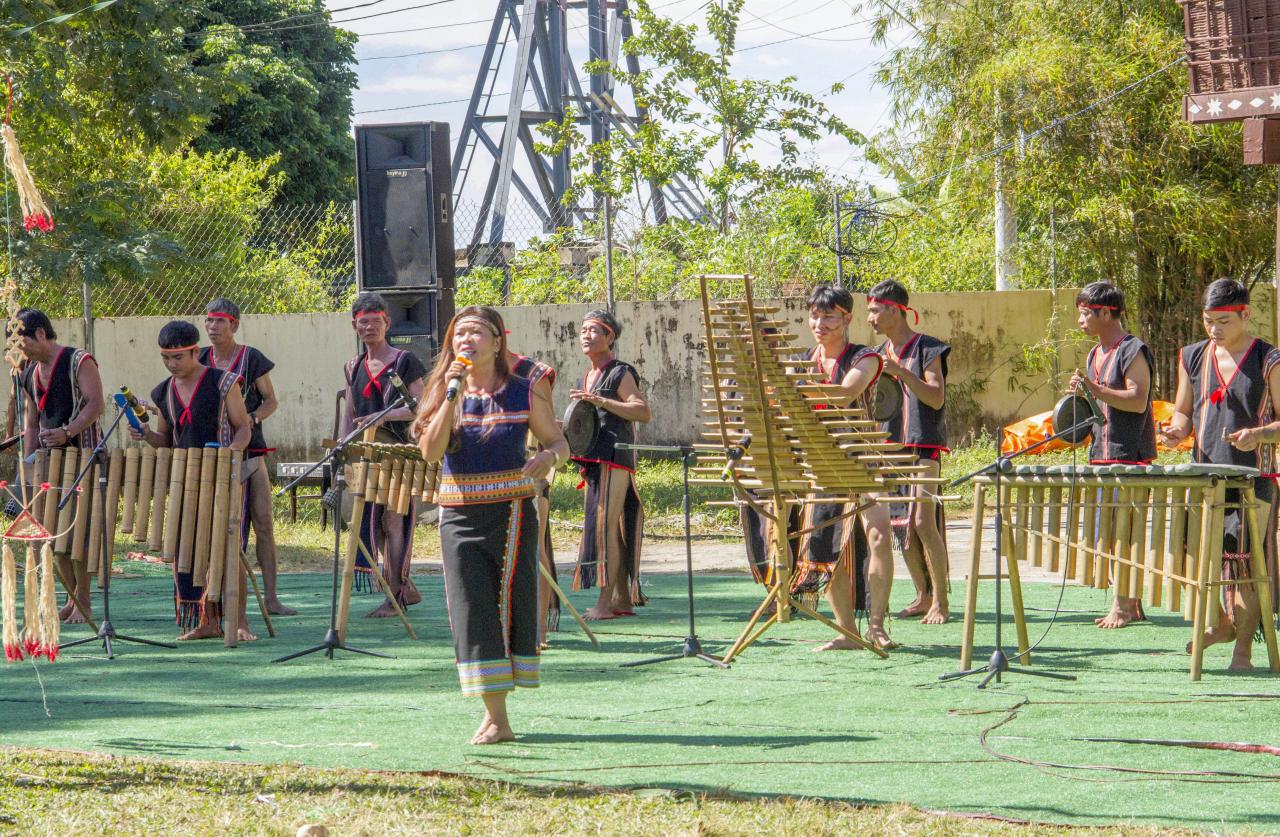
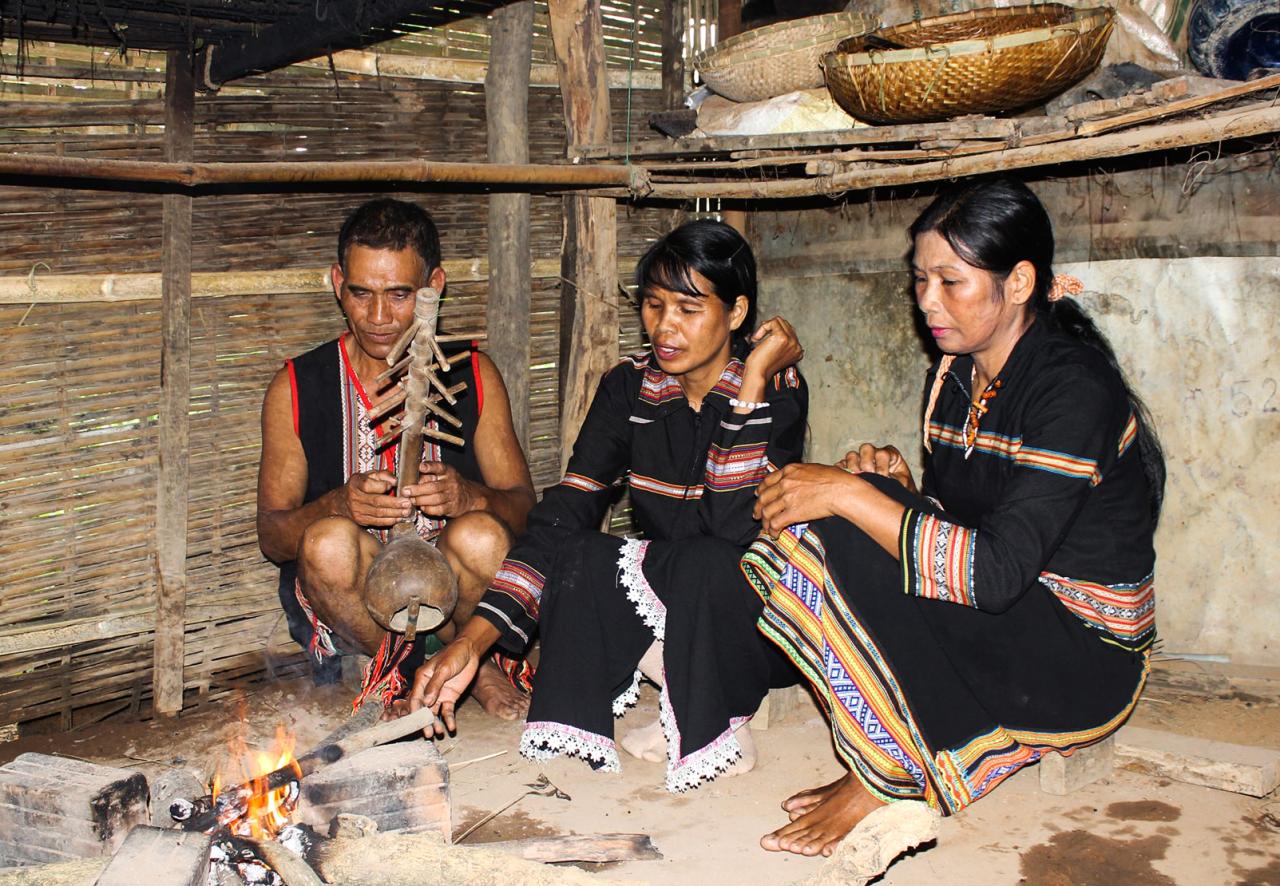
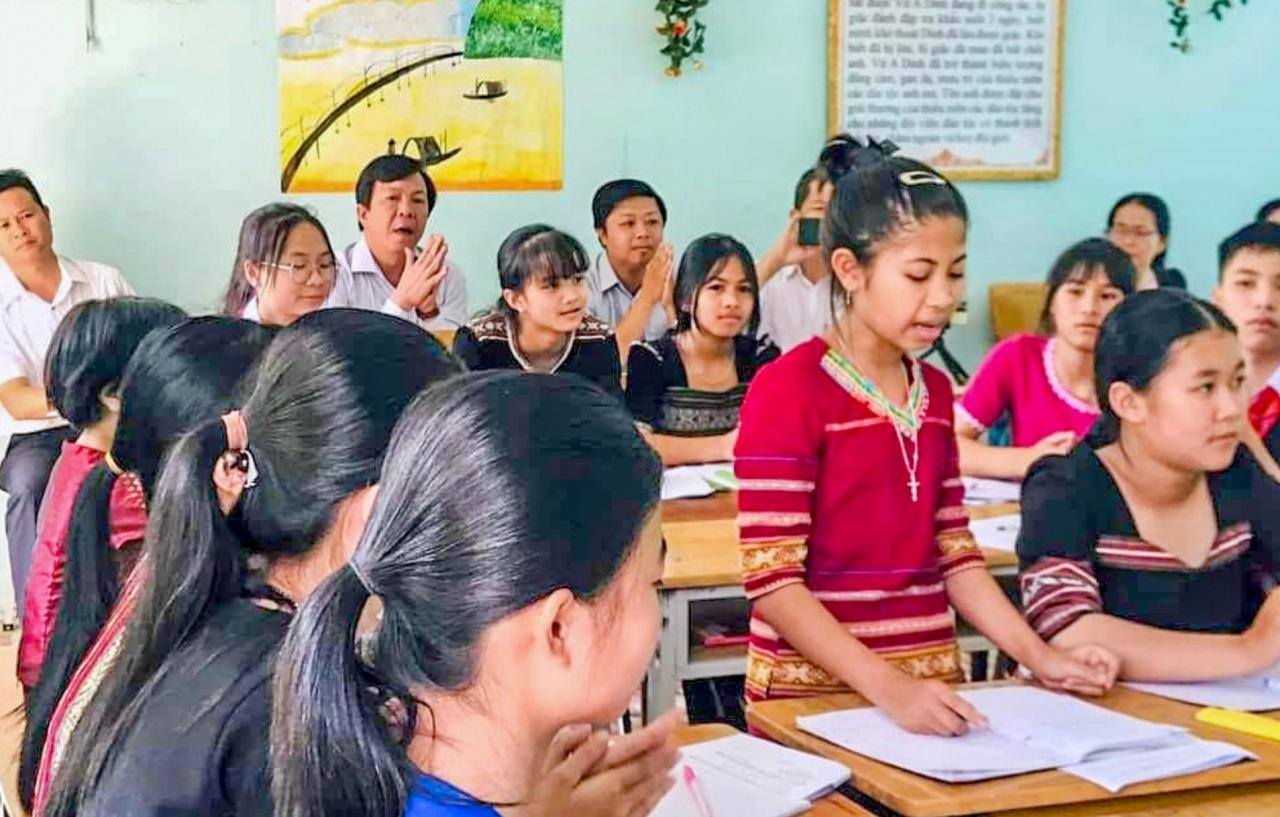



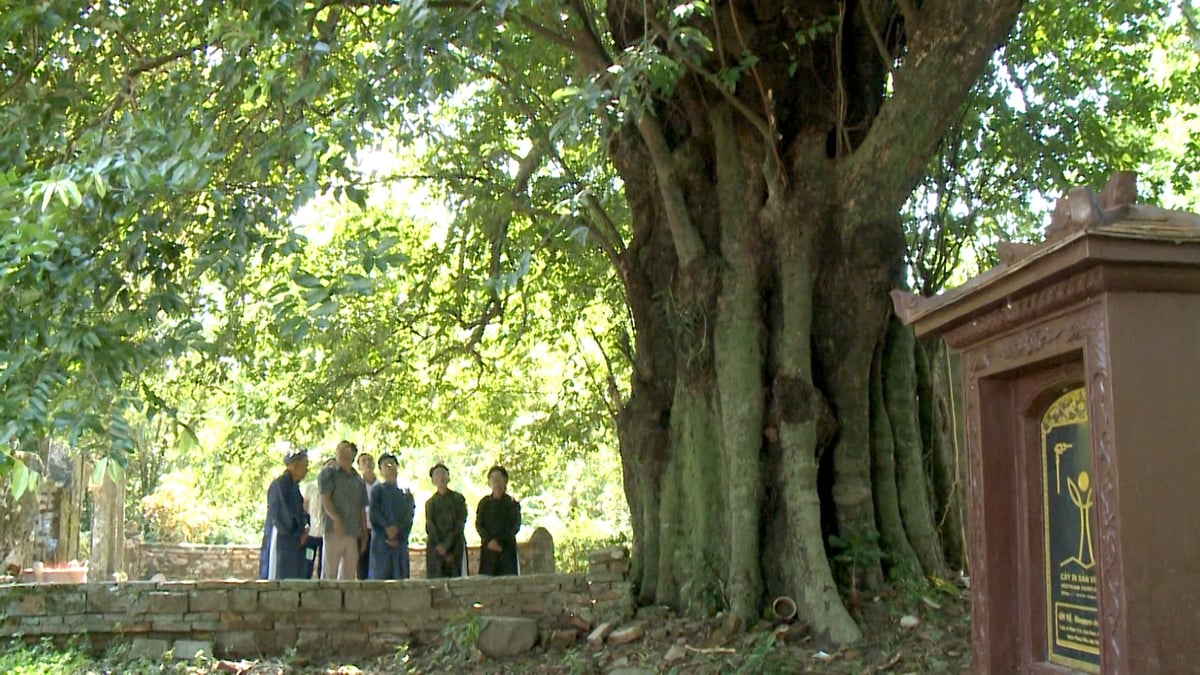


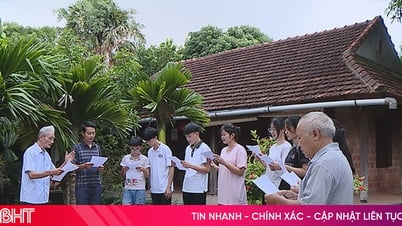

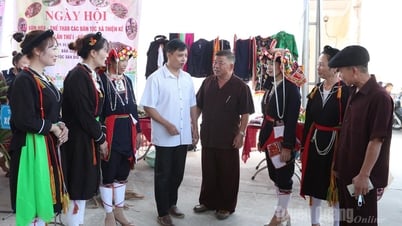





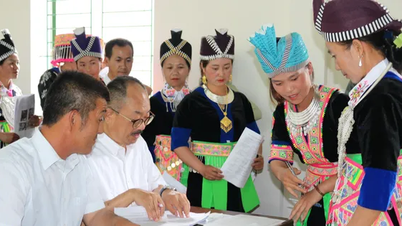



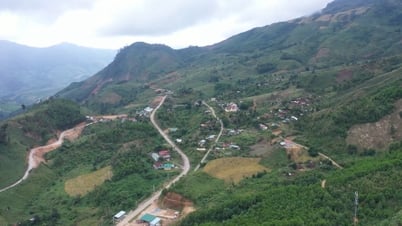


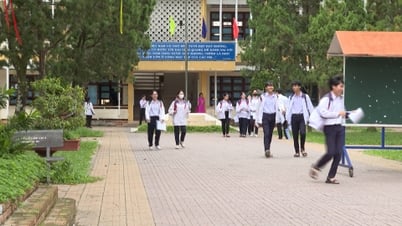

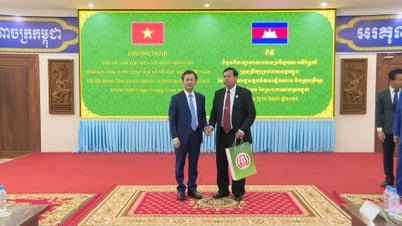
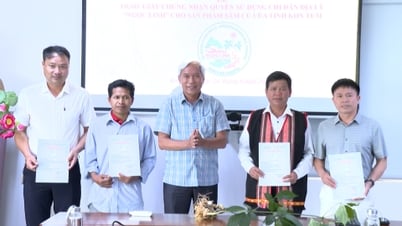




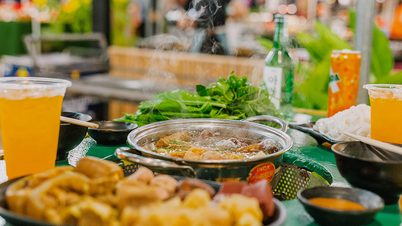






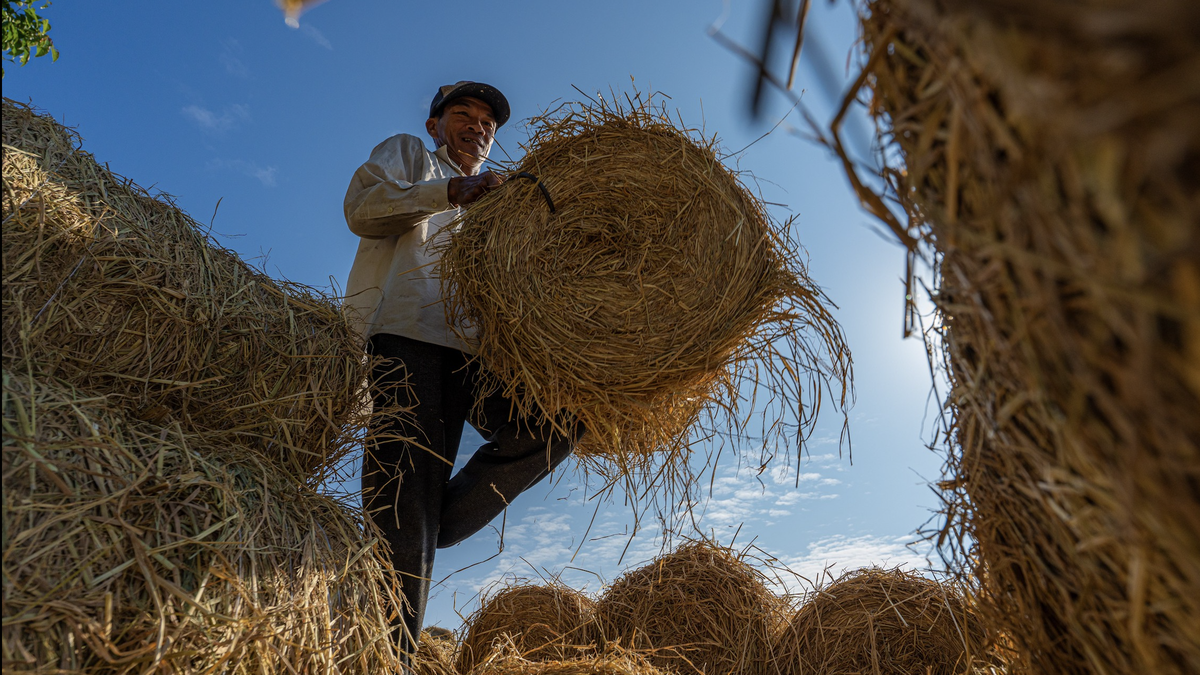


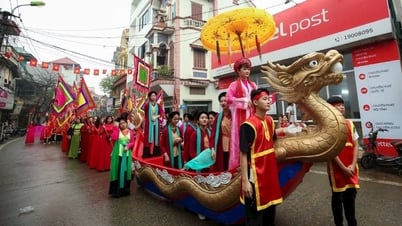

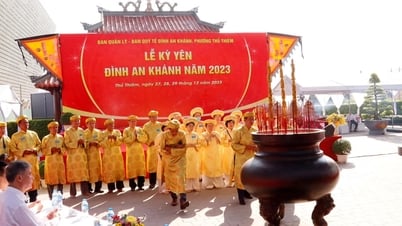


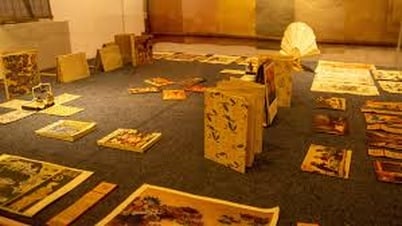

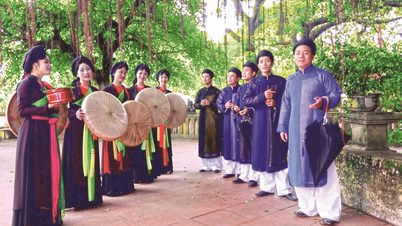

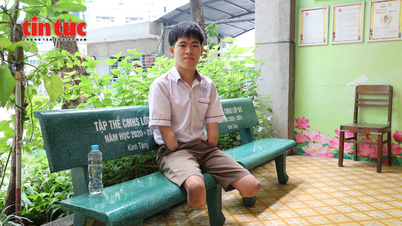

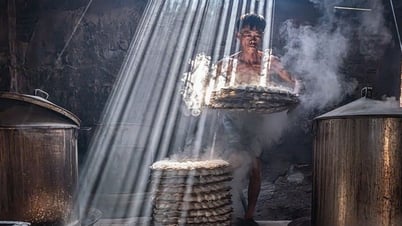





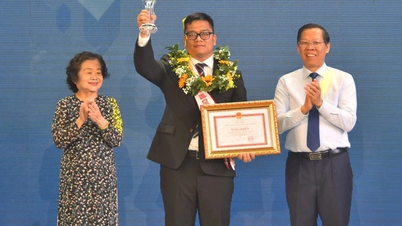





















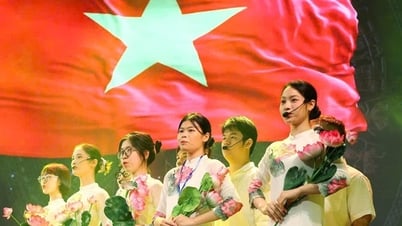



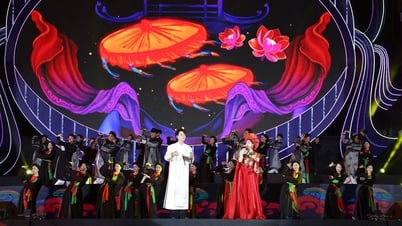

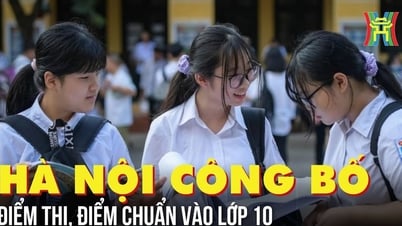


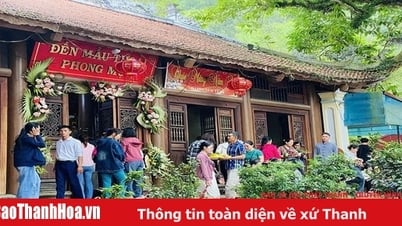


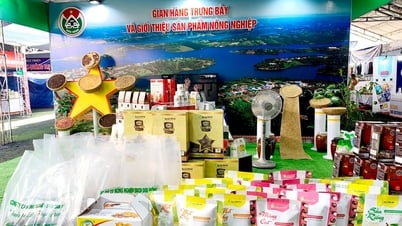

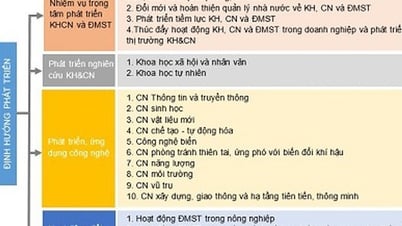





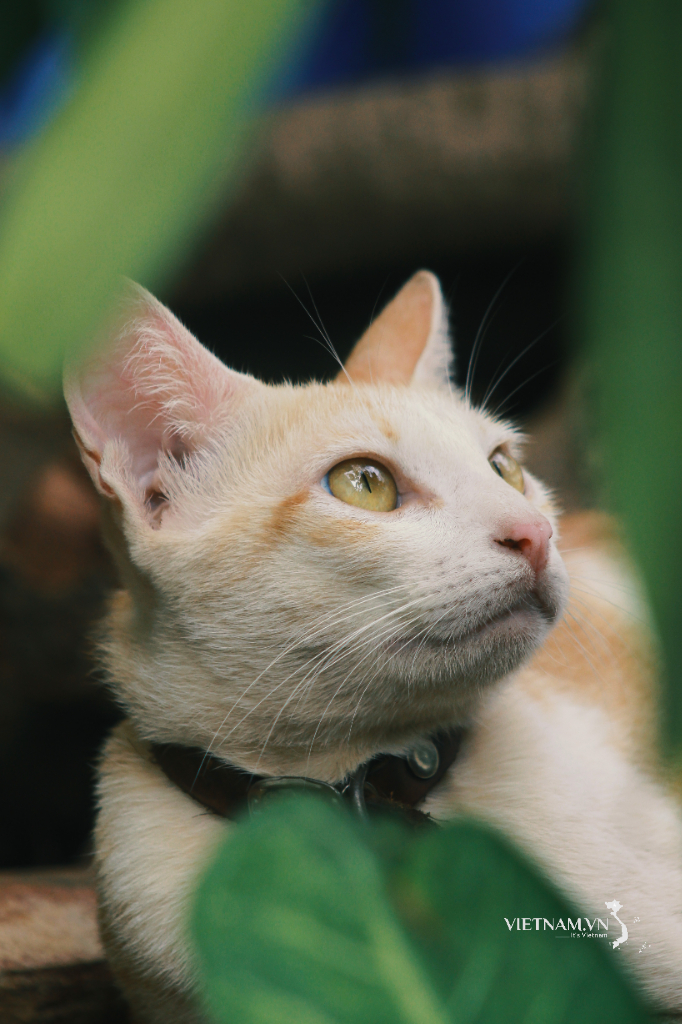

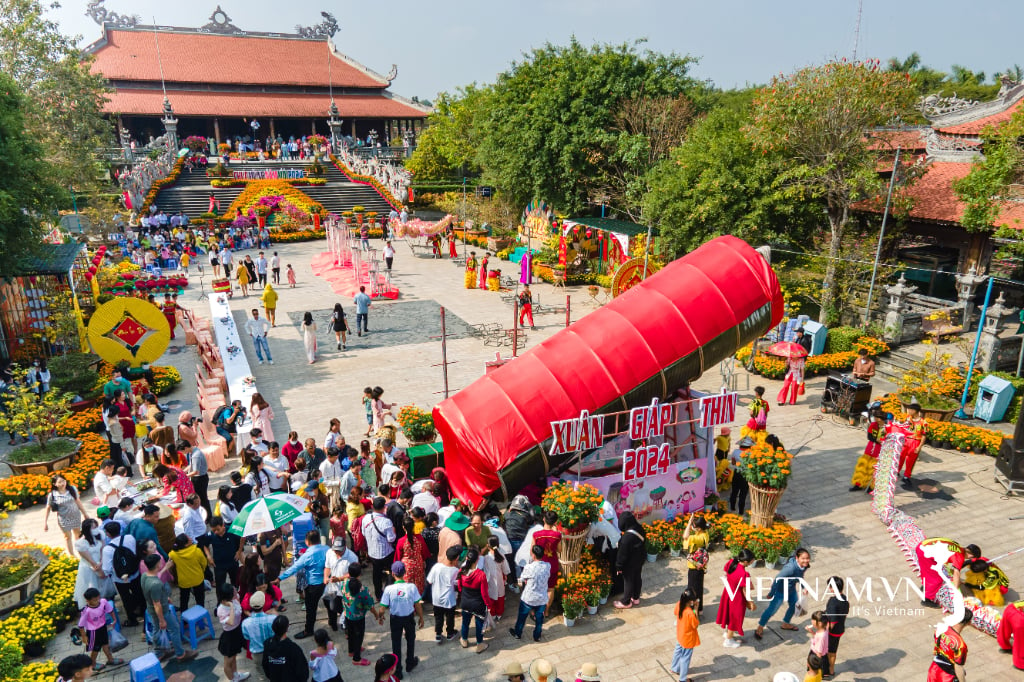
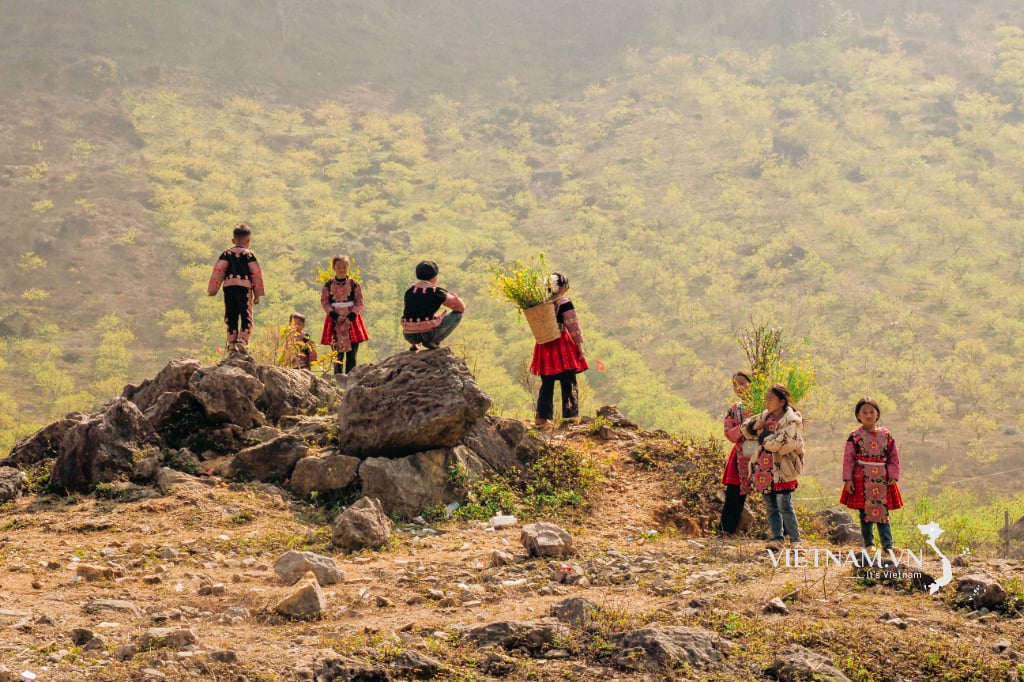
Comment (0)